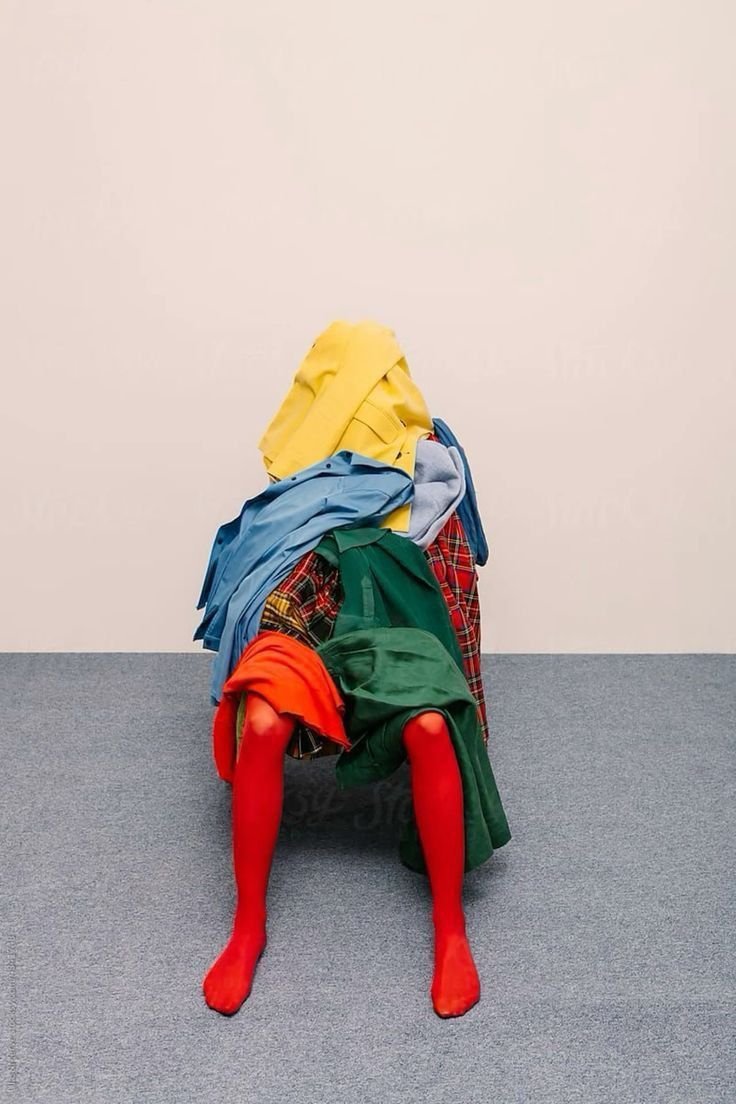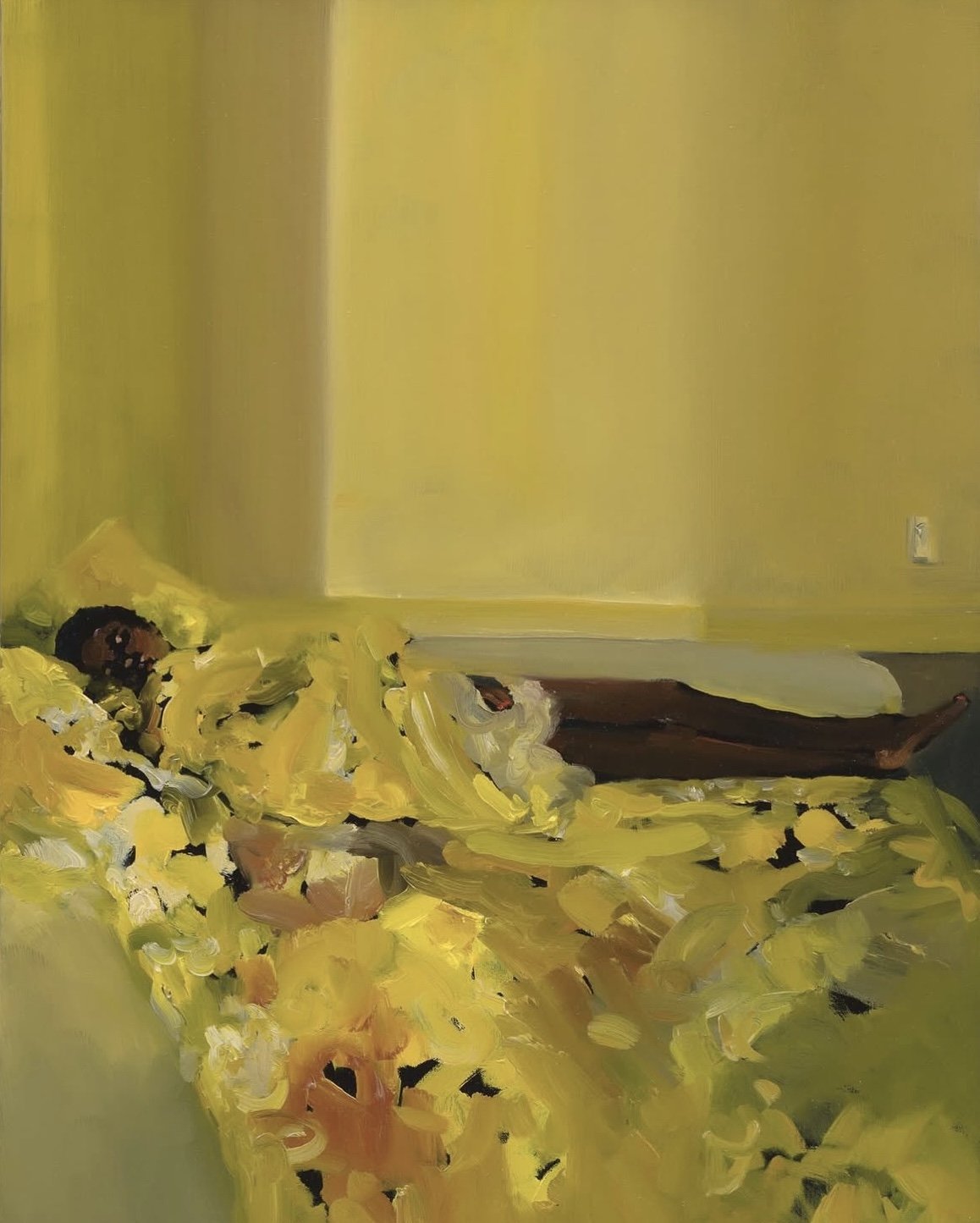3 Photobooks That Capture Black Voices Like No Other
Three books, three perspectives, one story in motion. AS WE RISE, AFROSURF, and IMPOSSIBLE ISLAND by Henry Froy reinvent the visual storytelling of Black identities to the rest of the world. Blending memory, resistance, and brilliance, these contemporary photographic works capture the soul of a heritage that continues to resonate.
As we Rise: Photography from the Black Atlantic, Aperture
What sets As We Rise apart is its origin. A singular private collection, the Wedge Collection, curated by Canadian dentist-turned-renowned art collector Kenneth Montague. This striking volume brings together over a hundred photographs by Black artists from across the diaspora, spanning the Caribbean, the United States, Africa, and South America.
Through the lenses of Stan Douglas, LaToya Ruby Frazier, Seydou Keïta, and Deana Lawson, As We Rise unpacks themes of identity, beauty, resistance, and self-representation. More than just a photobook, it is a visual manifesto, an evocative tribute to Black voices and lived experiences in all their depth, complexity, and humanity.
« Too often in the larger culture, we see images of Black people in attitudes of despair, pain, or brutal isolation. As We Rise gently refuses that. It is not that people are always in an attitude of celebration—no, that would be a reverse but corresponding falsehood—but rather that they are present as human beings, credible, fully engaged in their world. »
James Barnor, Drum Cover, Erlin Ibrek, 1966
Samuel Fosso, 70's Lifestyle, 1975-78
The visual manifesto As We Rise unveils the images from its eponymous exhibition, each capturing a singular kind of magic. Structured around three central themes—community, identity, and power—the book spotlights both iconic and lesser-known photographs from across the Black Atlantic, traversing time and geography.
From the aspirations of Black couples in 1930s Harlem to life in Brazil’s favelas in the ’80s, every image tells a story of resistance, survival, and joy in the face of adversity. The book also highlights major works from Caribbean photography, including those of Martinican artist Patrick Rambaud, whose striking portraits offer an intimate perspective on Creole culture and Black identity in former French colonies.
With contributions from artists like Afonso Pimenta and Deana Lawson, As We Rise reaffirms the power of visual storytelling—where the everyday becomes radical, essential, and deeply resonant.
Dawit L.Petros, Hadenbes, 2005
2. Afrosurf, Mami Wata
Afrosurf is more than just a book about surfing. It’s a bold redefinition of the narrative. This first 300-page volume is a heartfelt tribute to Africa’s rich surf culture and its often-overlooked history. Created by Selema Masekela and published by the South African brand Mami Wata, it brings together some of Africa’s finest photographers, writers, thinkers, and surfers to explore the vibrant coastal cultures of 18 countries—from Morocco to Somalia, Mozambique, South Africa, and beyond.
Beyond surf culture, there’s a growing fascination with the dynamic subcultures emerging across Africa. From the rise of skateboarding in Southern Africa to the Alte fashion and music movement in West Africa, these creative expressions are capturing global attention—showcasing the diverse and non-stereotypical ways African youth are redefining culture.
Senegal. Photography by Nicole Sweet
« I think people are starting to recognize the richness of niche subcultures in Africa because they represent a new wave of African self-expression. Whether in music, the arts, or any other passion Africans pursue with dedication, these expressions carry a distinct identity, shaped by local influences. Skateboarding in Ghana or Nigeria, for example, will have a completely different feel and aesthetic than in Barcelona or New York. »
Masekela also sees Afrosurf as a challenge to the conventional understanding of surf culture. “There’s this long-standing misconception that surfing is primarily a white, Western pastime, shaped through the lens of Southern California and Australia, with a passing nod to Hawaiians and Polynesians. But that’s an incomplete narrative. This book smashes that notion wide open. As you flip through its pages, you see how indigenous African cultures blend seamlessly with the surfing lifestyle—creating something entirely unique, shaped by the continent’s diverse landscapes and histories.
« For example, contrary to popular belief, surfing was not first documented by Captain Cook’s botanist in Tahiti in 1767. In fact, the first known account of surfing was written during the 1640s in what is now Ghana. »
Blending 200 breathtaking photographs, 14 in-depth stories, and 25 portraits of surfers, Afrosurf challenges conventional surf culture stereotypes while celebrating the spirit and diversity of African surf communities and creating together the first book devoted to surfing in Africa.
The book spotlights inspiring figures like Alice Wesseh, a trailblazer in Liberian surfing, and Cherif Fall, a rising star from Senegal. One of its most striking revelations is the historical discovery that the earliest documented evidence of surfing dates back to Ghana in 1640—challenging the dominant Western perception of surfing as a Californian or Australian phenomenon.
Visuellement, Afrosurf se distingue par un design audacieux et captivant qui s'inspire des traditions graphiques africaines. La couverture colorée et l'utilisation de typographies marquantes rappellent les influences spirituelles du continent, que ce soit la Bible, le Coran ou d'autres traditions mystiques. Chaque chapitre adopte une approche graphique unique, reflétant la diversité des récits et des régions couvertes. Parmi les histoires marquantes, on retrouve celle de Kunyalala Ndlovu, qui a grandi au Zimbabwe, loin de l'océan, et rêvait de comprendre l'émotion derrière le slogan de Billabong : "only a surfer knows the feeling".
Au-delà de sa richesse culturelle et artistique, Afrosurf joue un rôle fondamental dans la réécriture de l'histoire du surf en réhabilitant l'héritage africain de ce sport. Ce livre prouve que le surf n'est pas un phénomène importé mais bien un retour aux sources, une renaissance de traditions millénaires. Par ailleurs, l'initiative prend une dimension sociale en reversant l'intégralité des bénéfices à des organisations de surf-thérapie comme Waves for Change et Surfers Not Street Children. Une manière concrète d'affirmer que le surf en Afrique est bien vivant, influent et porteur d'espoir pour les générations futures.
Afrosurf
Edited by Mami Wata
Publisher : Ten Speed Press
2021
3. Impossible island, Henry Roy, Loose Joints
Quarante ans d’images, 113 éclats d’un monde en suspens. Impossible Island n’est pas une simple rétrospective : c’est une errance lucide, un journal fiévreux où l’exil et l’appartenance s’entrelacent aux quatre coins du monde. Haïti, Dakar, Ibiza, Bangkok, Paris... Des lieux qui s’effacent et se superposent, des horizons qui basculent. Un livre de voyage où le temps se dissout, se fracture, renaît autrement. Henry Roy ne photographie pas, il habite, il exorcise.
Influencé par la Nouvelle Vague, la créolisation, le spiralisme haïtien, Henry Roy fait du quotidien un territoire mystique, où tout devient rituel, où chaque détail — un souffle, un geste, une absence — se charge d’éternité. Roy ne cadre pas, il fracture les perspectives, il ouvre des brèches. Chaque image est une faille où le visible tangue, l’invisible affleure.
Impossible Island ne se feuillette pas. Il se respire, il se laisse pénétrer. Cet ouvrage est une île à la dérive, une mémoire trouée, un cri silencieux qui s’étire entre rêve et fulgurance du réel. Rien n’est figé. Tout est passage, tout est feu, tout est mirage.




















































